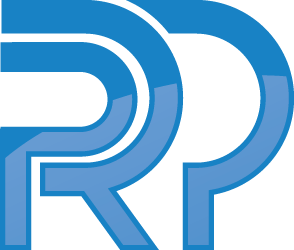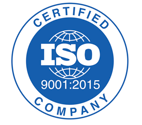The topic of new FDA regulations would seem to suggest that the FDA simply sits in an office and issues new regulations based on their field experience with little or no consultation or input from the industry it regulates. Few things could be further from the truth.
As the FDA issues observations and warning letters and engages in consent decrees, it also actively participates in many international forums and task forces. One such example is the Global Harmonization Task Force (GHTF) which has issued international guidance documents. One also cannot ignore what is happening in the public eye and the events that directly or indirectly affect the FDA.
To understand the paths to regulations, one must see what is happening in a given year. Needless to say, Covid vaccine approvals have been taking up the public newsfeed. There have been offshoots of that, such as guidance on ventilators/respirators, masks, hand-held temperature scans of personnel, and equipment to measure vital signs in the ER or OR. Since refrigerated transportation is required, that industry is also affected. Another topic is the wave of cannabis and medical marijuana legislation across the country at the state level. The recent stories about the opioid abuse epidemic makes them related as pain-relief alternatives enter the market. The use of Emergency Use Authorizations (EUAs) have not only brought other industries (e.g., electronics, automotive) as actors, but has also shed more light on human factors and how errors can contribute to problems especially to those unfamiliar with the industry and/or medical devices. These have, in turn, placed immense public and political pressure on the FDA to streamline its approval processes while continuing to assure patient safety and treatment efficacy.
These factors have brought the FDA to focus on certain areas in the last few months alone. We can see several developments recently that can give us a preview of regulations to come. Here are a few recent and very relevant postings from the FDA web pages:
- Pulse Oximeter Accuracy and Limitations: FDA Safety Communication
- FDA Warns Companies Illegally Selling Over-the-Counter CBD Products for Pain Relief
- FDA Continues to Monitor the Effects of Magnets in Consumer Electronics on Implanted Medical Devices
- FDA Announces Qualification of a Medical Device Development Tool to Help Assess Patient-Reported Outcomes with LASIK Surgery
- FDA Announces Draft Guidances to Help Increase Transparency, Assist Reporting and Timely Completion for Certain Medical Device Studies after FDA Approval or Clearance
- FDA Revokes Emergency Use Authorizations for Certain Respirators and Decontamination Systems as Access to N95s Increases Nationwide
- Improper Use of Thermal Imaging Devices: FDA Safety Communication
Taken individually, an observer might not appreciate the context of these activities, communications, guidance, and ultimately regulations. Taken together, they affect many industries well beyond the life sciences.
Additionally, the EU-MDR and EU-IVDR as well as MDSAP all place pressure on the FDA to harmonize and standardize along with other agencies and task forces.
It is precisely for these reasons that medical device and pharmaceutical companies must take a comprehensive approach to their Quality Management System (QMS) processes as these affect not only internal operations, but also customer demand and supply chain dynamics.
Are you interested in learning more?



